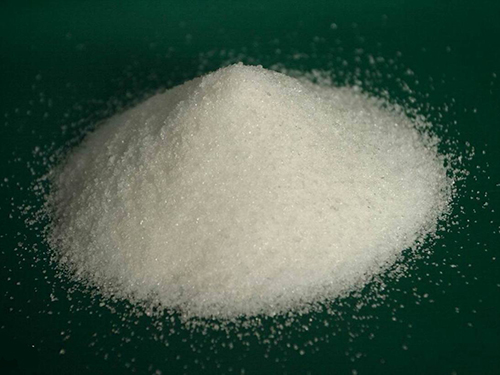hedp water treatment
The Role of HEDP in Water Treatment
Water treatment is a critical aspect of maintaining safe and clean water supplies for industrial, agricultural, and residential use. The importance of effective water treatment techniques cannot be overstated, especially in an era characterized by rapid industrialization and urbanization that are placing enormous pressure on water resources. One compound that has gained significant attention in water treatment processes is Hydroxyethylidene Diphosphonic Acid (HEDP). This article explores the properties, applications, and benefits of using HEDP in water treatment.
Understanding HEDP
HEDP is a type of phosphonate used primarily as a scale and corrosion inhibitor in water treatment applications. Its chemical structure enables it to effectively chelate metal ions, which minimizes the formation of scale deposits on equipment and piping in industrial water systems. HEDP is particularly effective against calcium and magnesium, the primary culprits behind scale formation in water systems, especially those involving high heat and pressure.
Applications of HEDP
1. Industrial Water Treatment HEDP is widely used in cooling water systems, boilers, and other industrial applications where water quality is paramount. By controlling scale and corrosion, HEDP helps maintain the efficiency of heat exchangers and reduces the risk of equipment failure. This, in turn, leads to prolonged equipment life and lower maintenance costs.
2. Municipal Water Systems Many municipal water treatment facilities incorporate HEDP to ensure that the water supplied to the public is free from corrosive agents. This use is especially crucial in areas with high levels of metal contaminants in the source water, as HEDP can bind to these metals, preventing them from entering the drinking water supply.
3. Desalination Processes In desalination, where seawater is treated to remove salts and other impurities, HEDP plays a vital role. The compound helps mitigate scale formation on reverse osmosis membranes and other treatment systems, ensuring efficiency and longevity.
4. Oil and Gas Industry HEDP is also prevalent in oil fields where water is used in enhanced oil recovery processes. In these applications, HEDP helps control mineral scale and improves the quality of produced water.
hedp water treatment

Benefits of Using HEDP
The incorporation of HEDP in water treatment processes offers numerous benefits
- Effective Scale Prevention HEDP’s chelating abilities make it one of the most effective agents for preventing scale formation. Its ability to bind metal ions means that it can significantly reduce the precipitation of minerals that typically lead to scaling.
- Corrosion Inhibition In addition to its scale-prevention capabilities, HEDP also acts as a corrosion inhibitor, protecting metal surfaces in various water systems. This dual function helps maintain the integrity of equipment and extends its service life.
- Non-Toxic and Environmentally Friendly HEDP is classified as a low-toxicity compound, making it a safer alternative to many traditional water treatment chemicals. Its biodegradability and less harmful nature contribute to its appeal in sustainable water treatment practices.
- Versatility HEDP is effective in a wide range of pH levels and temperatures, making it suitable for diverse applications. Its versatility ensures that it can be adapted for use in various industries.
Conclusion
The growing pressures on water resources necessitate the implementation of efficient and effective water treatment solutions. HEDP stands out as a valuable compound for achieving these objectives. Its ability to inhibit scale and corrosion while being environmentally friendly makes it an important player in the field of water treatment. As industries continue to seek out sustainable practices and efficient management of water supplies, compounds like HEDP will play an increasingly significant role in preserving water quality and ensuring the longevity of water systems worldwide. Consequently, ongoing research and development in the field of water treatment will likely continue to explore the potential of HEDP and similar compounds, aiming for improved water management strategies for future generations.
-
Water Treatment with Flocculant Water TreatmentNewsJun.12,2025
-
Polymaleic AnhydrideNewsJun.12,2025
-
Polyaspartic AcidNewsJun.12,2025
-
Enhance Industrial Processes with IsothiazolinonesNewsJun.12,2025
-
Enhance Industrial Processes with PBTCA SolutionsNewsJun.12,2025
-
Dodecyldimethylbenzylammonium Chloride SolutionsNewsJun.12,2025





